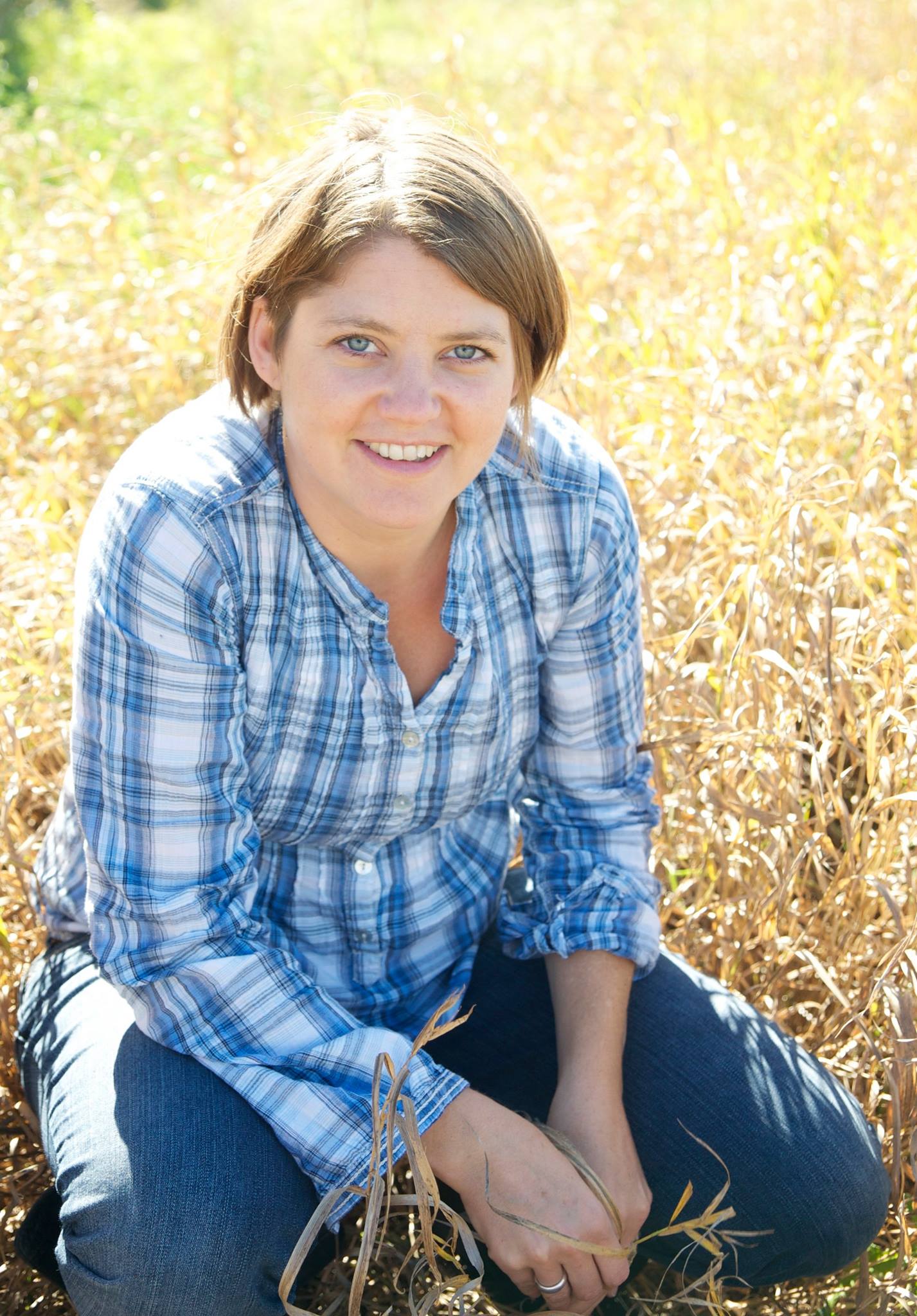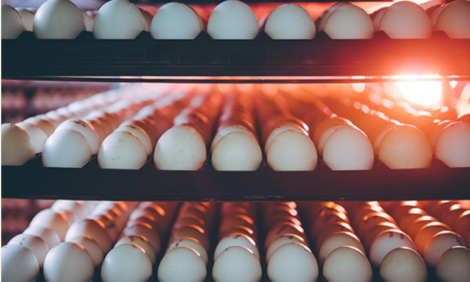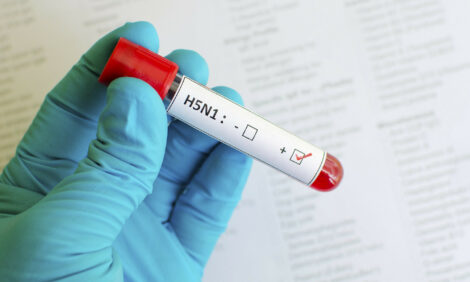



Understanding pain reception in chick embryos
Why timing matters in the male chick culling debateAs governments and industry move to ban the culling of male chicks, a central question continues to shape public policy, research funding and ethical debates: When can a chick embryo feel pain? According to animal physiologist Eddy Decuypere, poultry neurologist from the University of Leuven in Belgium, understanding that timeline is essential—not just for animal welfare, but for aligning in-ovo sexing technology with scientific reality.
The answer matters for consumers, hatchery operators and policymakers alike, especially as countries roll out chick culling bans that mandate sexing before a specific developmental stage. But what is the biological basis for those legal cut-offs?
What pain really means in embryonic development
Pain is not a simple on–off switch in biology. Decuypere explained that embryos—like all animals—can react to negative stimuli well before they are capable of feeling pain in a conscious way. These early responses, known as nociception, are reflexive and can even occur in single-cell organisms.
However, pain that causes suffering involves a far more complex chain of events. It requires consciousness, emotional awareness, and a functioning brain structure known as the neocortex in mammals—or the “neopallium” in birds.
“There is a tendency to confuse stress, pain and suffering,” said Decuypere. “But they are distinct. True suffering is tied to conscious experience, which only emerges when the higher brain becomes functionally connected.”
Pinpointing the threshold: The science of late embryonic awareness
Based on current neurophysiological research, chick embryos begin to show signs of higher brain activity around embryonic day 13, with functional connectivity—needed for conscious awareness—emerging between days 15.5 and 17.5.
Decuypere cited studies using behavioural data, EEG recordings and brain imaging that show embryos only start to enter a “waking brain” state during the final 20% of their development. By day 18 (of 21), most embryos exhibit the brain patterns needed for conscious awareness.
“This awareness doesn’t just switch on,” he said. “It emerges gradually, both in evolution and in the development of each individual chick.”
A key biochemical marker of this shift is a neurotransmitter called GABA. In early development, GABA acts as a stimulant. But between days 14 and 15, it flips roles and becomes an inhibitor—allowing the brain to start regulating movement and integrating sensory information more meaningfully.
Implications for chick culling bans and in-ovo sexing
Several countries, including Germany and France, have enacted legislation banning the culling of male chicks post-hatch. Some of these laws also set a cutoff for in-ovo sexing—often at day 14 or earlier—based on concerns about embryo pain.
But Decuypere argued that the push to detect and sort embryos at earlier and earlier stages may be more about public image than scientific necessity.
“If you’re moving to day 12, day 10, day 9 or even day 6 for sexing, and claiming it's for embryo welfare, that’s marketing,” he said. “There’s no evidence that embryos can suffer at those stages.”
Beyond welfare: Embedding the debate in a broader context
While animal welfare is often the headline issue, Decuypere said it’s also important to consider broader sustainability and ethical questions. The conversation around chick culling, he argued, is only one part of a larger system that includes environmental impact, feed efficiency and economic realities in intensive animal farming.
“The ethical discussion isn’t just about the embryo,” he said. “It’s about how we frame our relationship with animals, food production and the planet.”
As policymakers and producers navigate the shift away from chick culling, understanding when embryos can feel pain—and grounding legislation in scientific evidence—will be key to balancing public trust, animal welfare and practical feasibility in hatcheries.









